How I (62-Year-Old Woman) Discovered the Missing Link Between My Hypothyroidism and Stubborn Weight Gain & Crushing Fatigue
Your doctor probably told you your thyroid levels are "perfectly fine" – just like mine always said. But you're still exhausted early in the day, gaining weight despite eating less, and wondering why you feel 10 years older than you are.

Hello, I'm Tanja Fellenberg, 62, and like many women my age, I've been battling hypothyroidism since menopause.
For years, I felt like a shadow of myself.
The weight kept creeping up no matter how little I ate.
By 2 PM every day, I was so exhausted I could barely function.
My doctor kept increasing my thyroxine dose – from 25 to 50, then 75, eventually hitting 125 micrograms.
"Your blood work looks fine," he'd say. But I felt worse than ever.
What no doctor told me: after 55, your liver struggles to convert thyroid medication (T4) into the active form (T3) your cells actually use.
Without this conversion, you're essentially running on empty – even with "perfect" blood work.
Two years ago, I discovered why thousands of women still feel exhausted despite their medication.
Today, I'm back on just 25 micrograms of thyroxine and feel more energetic than I did at 50.
I'm sharing exactly what I learned because I know you're tired of being told "it's just age" when you know something deeper is wrong.
In this article (which was too long for Facebook), I'll share what I learned through years of trial and error:
- Why you always feel exhausted despite "normal" thyroid labs – and the T4 to T3 conversion problem doctors don't discuss
- The real reason the scale won't budge after 55 (hint: it's not just only your thyroid)
- Why those expensive zinc and selenium supplements aren't giving you the energy boost you expected
- The overlooked nutrient deficiency that keeps 90% of women with hypothyroidism stuck in the exhaustion-weight gain cycle
- How I finally broke free from crushing fatigue and lost 12 pounds without changing my diet
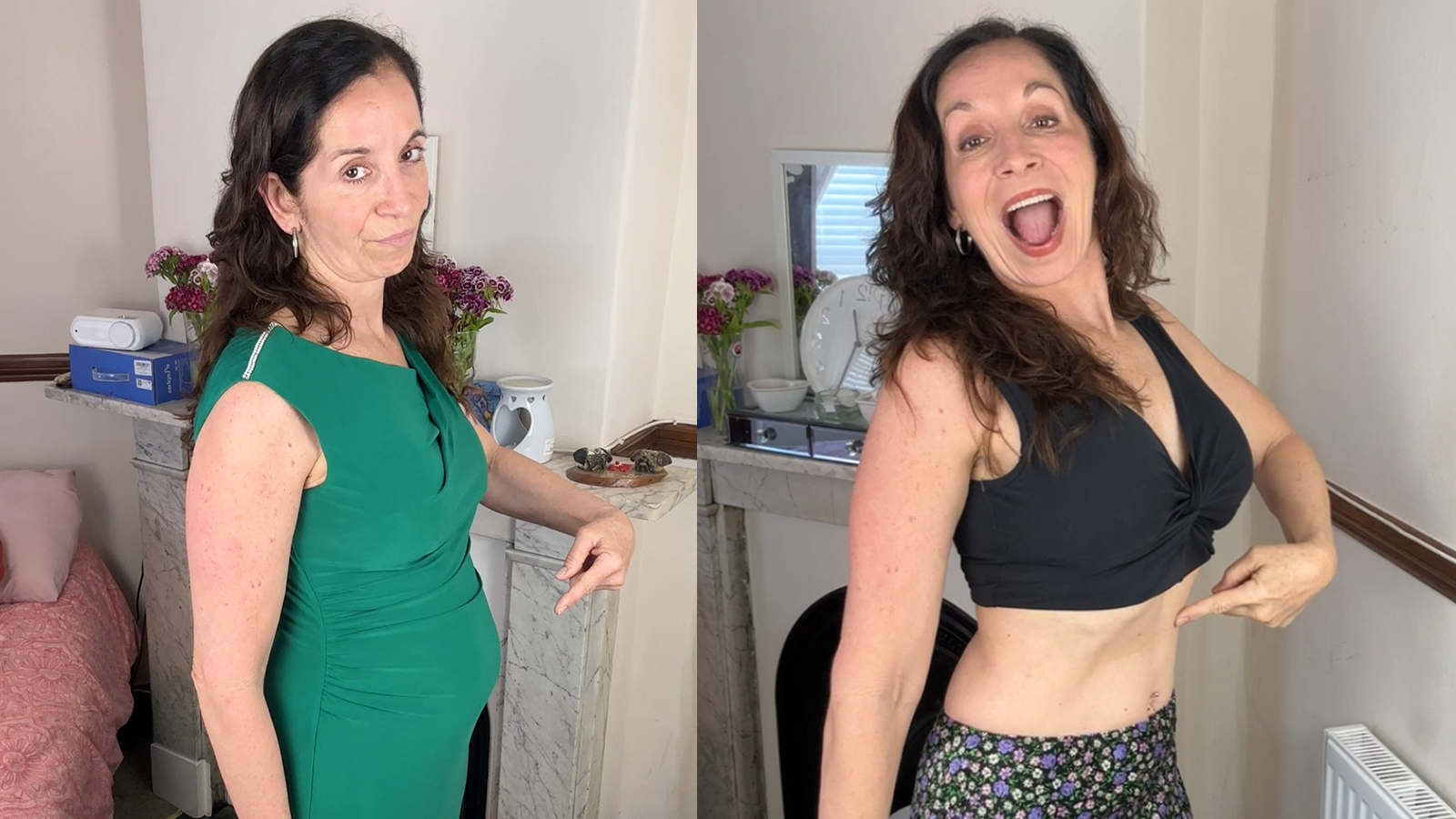
My transformation
Back to my story: When the fatigue became unbearable, my blood test revealed something alarming.
My TSH was 5. Normal is under 2.5.
"Hypothyroidism," my doctor announced, already reaching for his prescription pad. "Very common after menopause. We'll start with 25 micrograms of L-thyroxine."
Finally, I thought. This nightmare would end.
Except it didn't.
Month after month, my doctor increased the dose. 25 became 50. Then 75. Then 100. "Your blood work is improving beautifully!" he'd say.
But here's what made no sense...
The more medication I took, the worse I felt. By the time I hit 125 micrograms – five times my starting dose – I could barely get through my days.
According to my lab results, I should have been feeling fantastic.
Instead, I was more exhausted than ever, gaining weight despite eating next to nothing.
My doctor was clearly missing something crucial.
And then I discovered what it was.
Blood values were good, but I felt weaker than ever before.
With this in mind I started looking for a solution.
I couldn't accept feeling this exhausted for the rest of my life.
Plus, I was worried – taking synthetic hormones for years can't be good for your liver.
At 62, I decided to find my own answers.
The breakthrough came unexpectedly.
Last Christmas, a friend gave me a book on thyroid health written by a woman who'd been where I was – exhausted, overweight, dismissed by doctors.
But unlike me, she'd found a way to heal naturally.
And what I read halfway throughout the book opened my eyes..
I read something that changed my life forever.
The author explained something my doctor never had:
TSH isn't just a number on your lab report, it's your body's cry for help.
When TSH is high (like my 5), it means your brain is screaming at your thyroid:
"Make more hormones!"
But your thyroid can't respond.
It's like pressing harder on the gas pedal when your car is out of fuel.
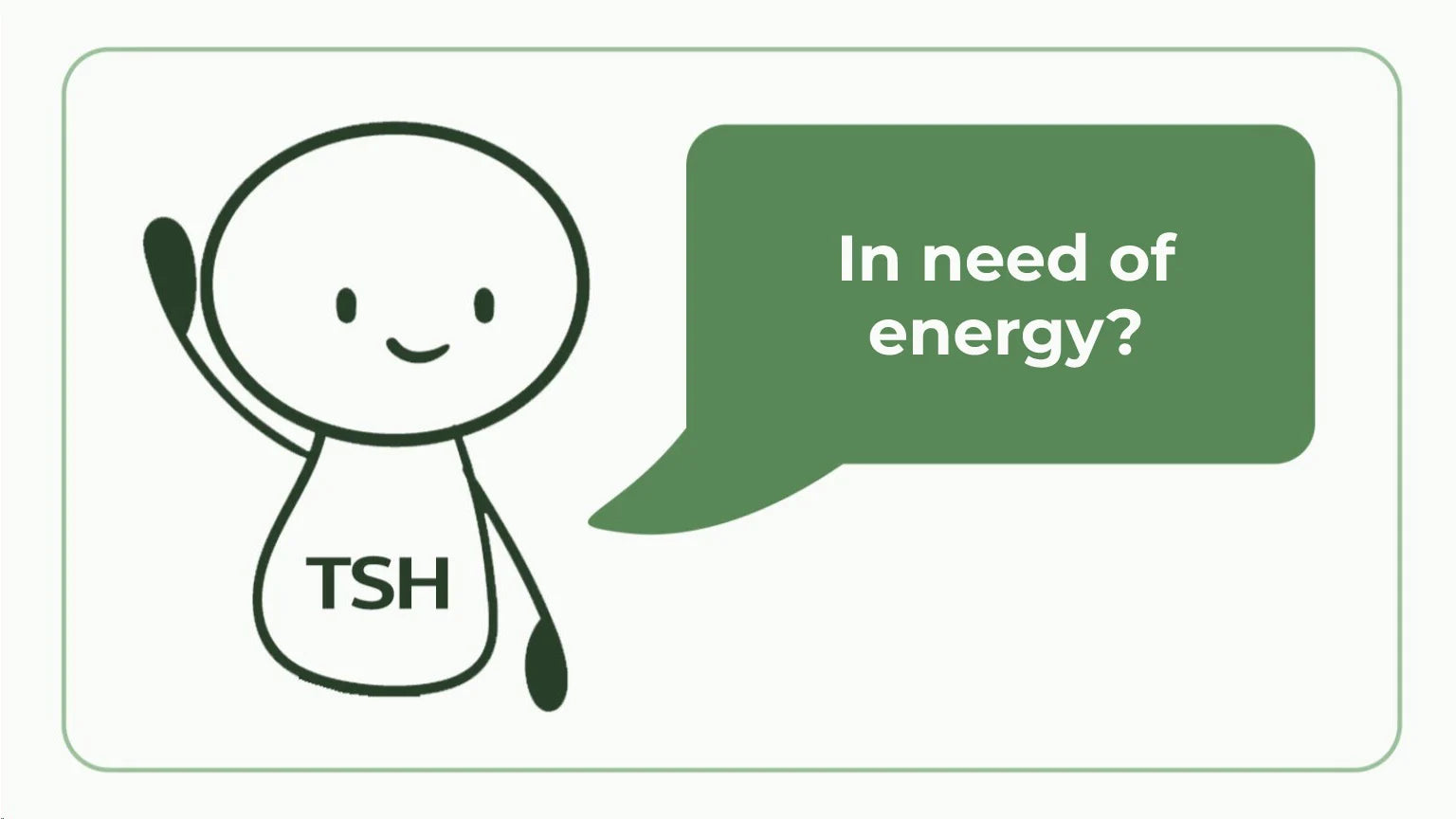
Your pituitary gland constantly sends signals to your thyroid:
“Dear thyroid, please produce hormones, we need energy.”
Energy for everything that matters after 55:
- Getting through your day without a nap
- Maintaining a healthy weight
- Staying warm (why you're always freezing)
But here's the problem:
Your thyroid gets the message, it just can't respond properly anymore.
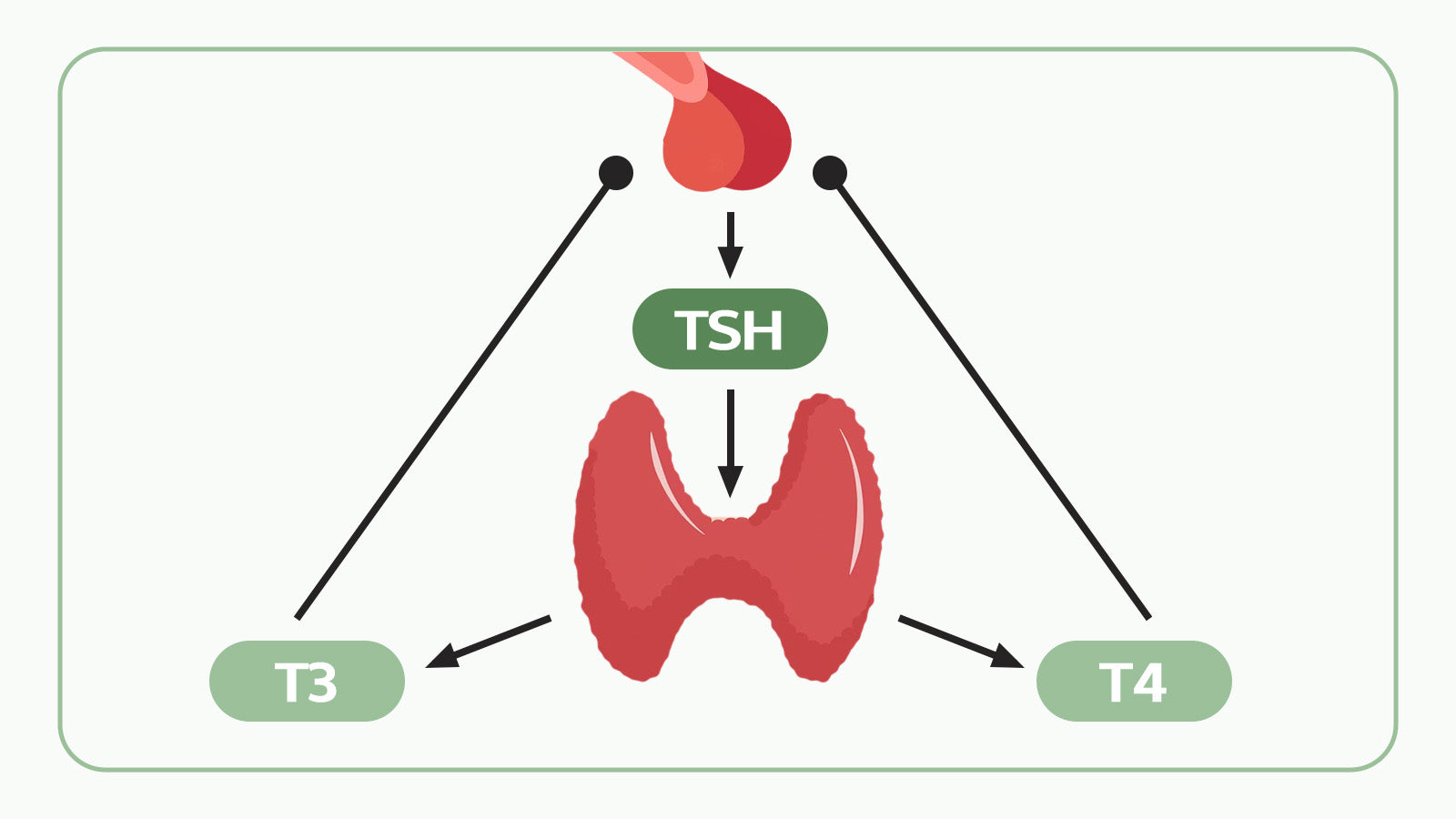
But something still wasn't adding up.
My TSH was "perfect." My doctor was thrilled. Yet I felt worse than before I started treatment.
Then I read the sentence that explained everything:
"Your medication gives you thyroid hormone (T4), but if your body can't convert it to the active form (T3) and deliver it to your cells – you'll stay exhausted no matter how much you take."
I nearly dropped the book. This was it. This was why I was taking 125 micrograms and still felt like death.
I made the editorial manager create a visual representation of what I just said, here it is:

Only when your cells actually receive the thyroid hormone can real healing begin.
Imagine waking up refreshed instead of exhausted. Having energy past 3 PM. Not freezing in rooms where everyone else is comfortable.
And when your metabolism finally kicks back into gear, the weight that's been impossible to lose? It starts coming off naturally.
I know it sounds too good to be true. I thought so too.
But let me show you exactly what was blocking my healing – and how I fixed it.
Step 1: Make thyroid hormones again
Your thyroid produces T4 (thyroxine), but here's what doctors don't tell you:
T4 is the INACTIVE form of thyroid hormone.
It's like giving you a battery that isn't charged.
Most doctors see high TSH, prescribe synthetic T4, and consider their job done.
But if your body can't activate that T4, you'll stay exhausted no matter how much you take.
Step 2: Activation of thyroid hormones (T4 –> T3)
Here's the critical piece: Your body can't use T4 directly. It must be converted to T3, the active form that actually gives you energy.
Where does this conversion happen? In your liver.
And here's where it gets interesting for women over 55: this conversion process slows down with age, especially after menopause. Your liver needs specific nutrients to make this happen.
Without them, you're stuck with a medicine cabinet full of T4 that your body can't use.
Step 3: Transport of T3 into the cells
Even after T3 is created, there's one final step: getting it INTO your cells where energy is actually made.
Think of it like having fuel but no way to get it into your engine.
This is where many women get stuck, and why you can have "normal" T3 levels but still feel exhausted.
Back to my blood count
My labs were "perfect" – TSH normal, T4 levels good. My doctor was satisfied.
But I still felt terrible. That's when it hit me:
If I had plenty of T4 from my medication, but still felt exhausted, only two things could be wrong:
- My body couldn't convert T4 to active T3
- The T3 couldn't get into my cells
Either way, I was drowning in inactive hormone while my cells starved for energy.
Why does the conversion from T4 to T3 often not work?
Remember how T4 converts to T3 in your liver? Well, your liver needs something specific to make this happen: glutathione.
Think of glutathione as your liver's "helper" – without enough of it, the conversion simply can't happen.
Thyroid expert Dr. Dorothea Leinung explains it perfectly:
"Making thyroid hormones creates waste products that damage your body. Glutathione acts like a cleanup crew. Without it, the damage builds up and the conversion process breaks down."
Studies dating back to 1988 prove this connection. Yet how many doctors check your glutathione levels? Mine never did.

Glutathione is your body's master antioxidant. And it's made from amino acids.
Here's what clicked for me: If you don't have enough amino acids, you can't make glutathione. Without glutathione, your liver can't convert T4 to T3. Without T3, you stay exhausted.
It's like trying to bake bread without yeast. You can have all the flour (T4) in the world, but without that crucial ingredient, you'll never get bread (energy).
This explains why taking more thyroid medication wasn't helping me (or you). We're not medication resistant. We're nutrient deficient.
The solution wasn't a higher dose. It was giving my body the amino acids it desperately needed.
Finally I discover the missing piece of the puzzle
The more I researched, the clearer it became: amino acids were the missing link.
Then came the uncomfortable question: Was I getting enough?
Like most women my age, I assumed my diet provided plenty of protein. I was wrong.
Here's what shocked me:
Women over 55 typically eat far less protein than they need.
And the protein we do eat? Much of it doesn't contain the specific amino acids required for T4 to T3 conversion.
Not all protein is created equal.
A chicken breast, an egg, and a cup of beans might all be "protein", but your thyroid only recognizes certain types.
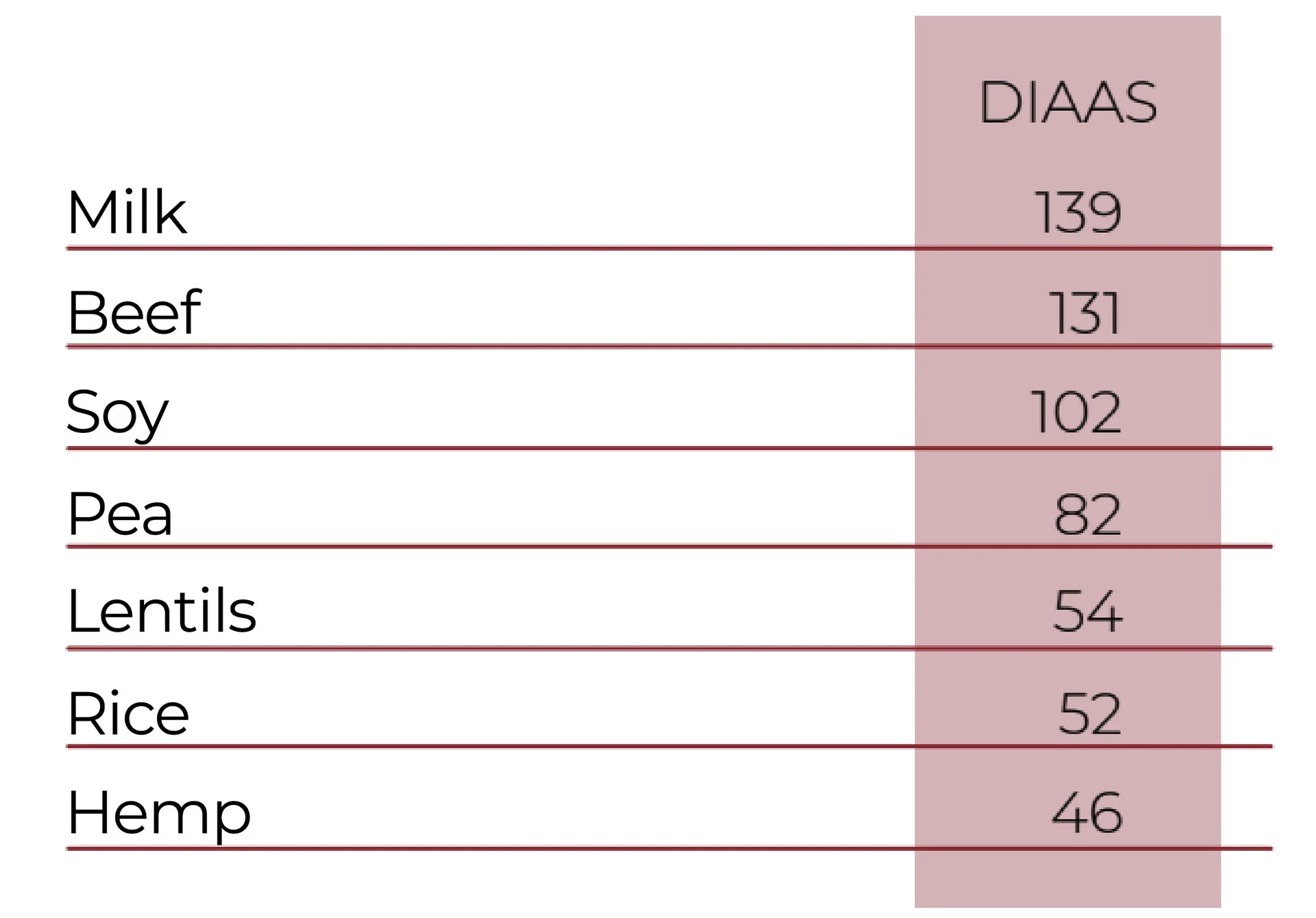
I discovered something shocking: most of us with hypothyroidism are starving for amino acids. And it's sabotaging our thyroid conversion.
The problem is actually worse than you think.
First, we need DOUBLE the protein of healthy people. While they need 50-60 grams daily, we need over 100 grams. Our overworked liver burns through amino acids just trying to detoxify our bodies.
When I tracked my intake, I was barely getting 40 grams a day. No wonder I was exhausted.
But here's what really floored me...
Even when you eat enough protein, your body can't absorb it properly.
Dr. Dorothea Leinung explains: "Many people with Hashimoto's cannot properly digest protein, even when they eat adequate amounts."
Think about it: bloating after meals, sluggish digestion, feeling tired after diner.. That's your body failing to break down protein into usable amino acids.
So we're stuck in a vicious cycle: We need more amino acids than normal people, but we absorb less than normal people.
No wonder our T4 to T3 conversion is broken.
Once I understood this, I had two choices:
1. Force down pounds of meat daily (expensive and hard on my struggling digestion)
2. Take pure amino acids that bypass digestion entirely
I call this the "Amino Direct Method" – because the amino acids go directly into your bloodstream without taxing your already-struggling digestive system.
I chose this method and what happened next changed everything...
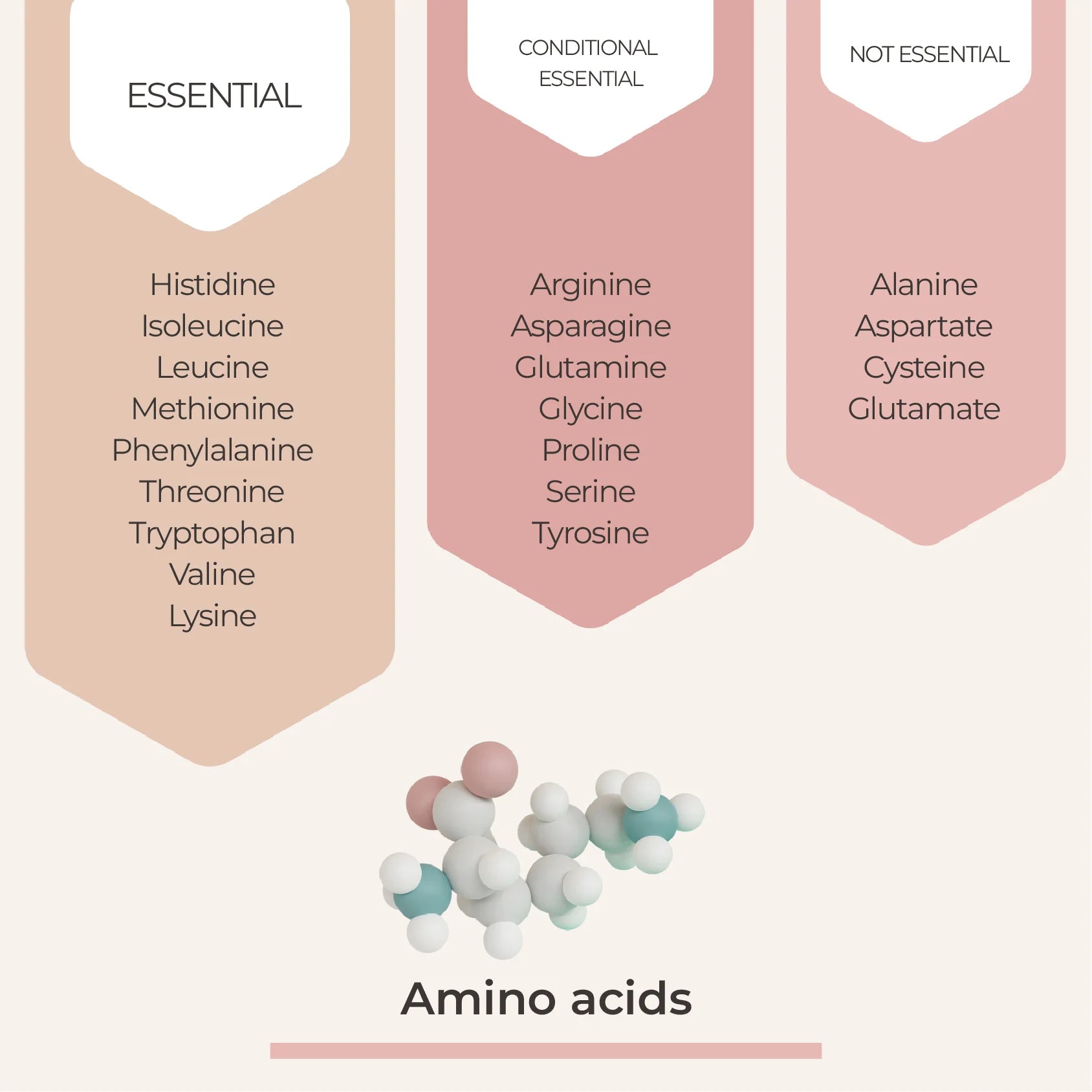
But first, I had to figure out WHICH amino acids would actually fix my broken thyroid conversion.
The Three Essential Amino Acids That Saved My Thyroid
After diving deep into research, I discovered that not all amino acids are equal when it comes to thyroid health. Three specific ones control whether your medication works or not.
L-Methionine for T4 to T3 Conversion
This was my biggest revelation. Methionine is the building block for glutathione, which we learned earlier is essential for converting T4 into active T3 in your liver.
Without enough methionine, it doesn't matter how much thyroid medication you take. Your liver simply can't convert it. I'd been taking 125 micrograms of T4 that my body couldn't even use.
Even more frustrating? All those zinc and selenium supplements I'd been taking for my thyroid were useless without methionine to help absorb them. Money down the drain.
L-Phenylalanine to Form Tyrosine and T4
Here's what shocked me: your thyroid needs phenylalanine to produce its own hormones. Phenylalanine turns into tyrosine, which combines with iodine to create T4.
This explained why my thyroid had essentially "given up" producing hormones on its own. It didn't have the raw materials. No wonder my dose kept climbing year after year.
L-Lysine: The Hidden Reason You're Exhausted In The Afternoon
This discovery made me angry at every doctor who'd dismissed my fatigue as "just part of hypothyroidism."
Lysine controls whether your body can actually USE iron. Without it, you can take iron supplements religiously and still feel like you're dragging yourself through mud every afternoon.
I'd been wasting money on expensive iron pills that weren't even working.
But here's what really got me: once I had enough lysine, the afternoon crash disappeared. No more sneaking naps in my car. No more canceling dinner plans because I was too exhausted to function past 5 PM.
Lysine deficiency also explains why we catch every bug going around. It's essential for immune function. Last winter was the first time in years I didn't spend half of it sick in bed.
Imagine actually having energy for your grandchildren. Or not dreading afternoon activities. That's what proper lysine levels give you back.
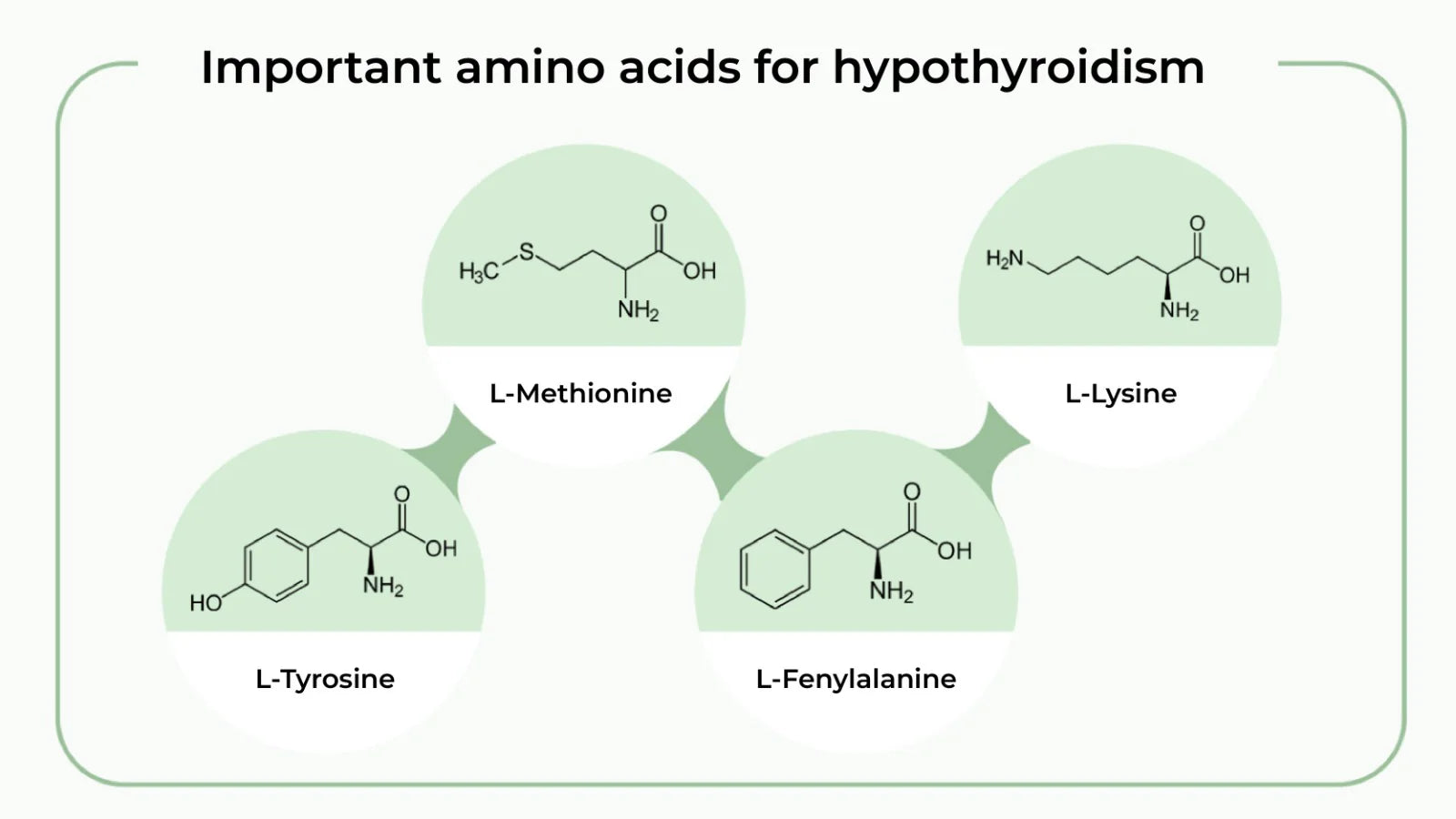
Experts recommend these amino acids if you have an underactive thyroid gland
But here's the thing: knowing which amino acids you need is only half the battle.
The Master Amino Pattern: Why Most Amino Acids Don't Work
I was ready to run to the health store and buy bottles of methionine, phenylalanine, and lysine. Thank goodness I kept reading that thyroid book first.
It revealed something that would have cost me hundreds in wasted supplements: taking random amino acids barely works when you have hypothyroidism.
Remember our digestive issues? The bloating, the heavy feeling after eating? That same broken digestion blocks amino acid absorption too.
The book introduced something called the Master Amino Pattern, developed by Prof. Dr. Luca Moretti at the International Nutrition Research Center in Florida. It's a breakthrough that changes everything for people like us.
Here's the difference:
- Regular amino acids or protein powder: Maybe 20-30% absorption through your damaged gut (if you're lucky)
- The Master Amino Pattern: 99% absorption in just 23 minutes, completely bypassing digestion
It's the difference between throwing money away and actually fixing your thyroid conversion.
For over a decade, this formula was only available through specialty American clinics. Women were paying $200+ monthly, plus international shipping. Many couldn't afford it.
Smart Protein: The Breakthrough I'd Been Searching For
Then I discovered something that made me actually cry with relief: Smart Protein, a German-engineered formula using the exact Master Amino Pattern.
Here's why Smart Protein is different:
- Made specifically for people with sensitivities (no gluten, lactose, or additives that trigger our already sensitive systems)
- Based on the proven Master Amino Pattern (the same formula from those expensive US clinics)
- Costs less than what I was spending on useless supplements that weren't even being absorbed
Remember everything we've covered?
- That crushing fatigue because your medication isn't converting to T3? ✓
- The weight that won't budge no matter how little you eat? ✓
- The fortune spent on zinc and selenium that can't work without amino acids? ✓
- The 125 micrograms of medication that's not even being used by your body? ✓
Smart Protein addresses every single one of these issues by giving your body the exact amino acids it needs, in a form it can actually use.
The moment I tried it, something felt different...
I'd been disappointed by so many "miracle" supplements before. But this time, my body responded immediately.

What sealed the deal for me? The reviews from women just like us.
I spent hours reading them. Woman after woman, ages 52 to 74, describing MY exact symptoms: The 2 PM crash. The weight that wouldn't budge. The brain fog. The frustration with medications that "should" work.
But then their stories changed:
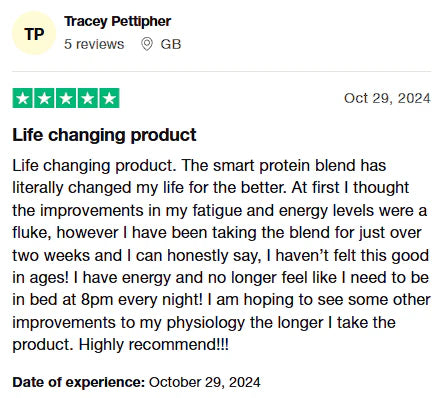
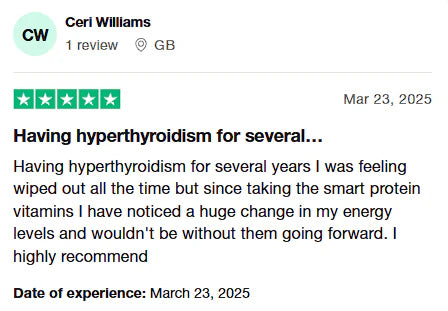
These were detailed stories from women who'd fought the same battle I was fighting. Many included their thyroid lab results.
What really caught my attention: The company works directly with endocrinologists who specialize in autoimmune thyroid conditions and nutritionists who focus exclusively on women with Hashimoto's.
They even have a medical advisory board. Not just marketing people trying to sell supplements, but actual thyroid experts who understand what we're going through.
I thought: "Finally, a company that gets it."
Even better: They created the formula together with nutritionists who actually have thyroid conditions themselves. These aren't healthy 25-year-olds telling us to "just eat less and move more."
How Smart Protein Works (And Why It's Different)
Smart Protein consists of 100% pure amino acids, based on the Master Amino Pattern. It contains the three critical amino acids I mentioned, plus five more that work together synergistically:
- L-Isoleucine: This amino acid helps regulate your hormones and blood sugar. It tells your body to properly absorb nutrients into your cells for energy. In simple terms: it stops those sudden energy crashes and helps you feel steady throughout the day. No more reaching for sugar at 3 PM.
- L-Tryptophan: This is what your body uses to make serotonin (your "happy hormone"). Studies show people with more tryptophan feel less irritable, less depressed, and less anxious. For those of us dealing with "thyroid mood swings," this is a game-changer.
But here's what makes Smart Protein truly revolutionary...
The amino acids come from fermented chickpeas using a process that mimics natural digestion. They absorb directly through your mouth's mucous membranes – completely bypassing your struggling digestive system.
This means no bloating. No digestive upset. No autoimmune flare-ups.
Smart Protein is free of every common trigger: No gluten, lactose, lectins, sugar, or artificial additives. Finally, a supplement designed for people like us with sensitive systems.
But there was one thing that really convinced me to try it
I'll be honest: I was skeptical. I'd wasted hundreds on supplements that promised miracles and delivered nothing.
But Smart Protein came with something I'd never seen before: a 60-day money-back guarantee, even if you've used the entire bottle.
I actually tested this. I emailed customer service with detailed questions about interactions with my thyroid medication. They responded within 2 hours with a thorough, personalized answer, not some copy-paste response.
They even followed up a week later to see if I had more questions.
This company actually cares about helping women with thyroid issues, not just making sales.
My Smart Protein Journey
That evening, I ordered 3 jars from their webshop. They had a bundle discount, and I knew this wasn't an overnight fix. I gave myself 3 months, the time it takes to rebuild depleted amino acid stores.
Each jar contains 90 capsules. The recommended dose is 3 capsules daily with breakfast. Simple. No complicated timing or food restrictions.
Critical point: I kept taking my L-thyroxine exactly as prescribed.
Smart Protein works WITH your medication, not instead of it. This isn't about abandoning medical treatment – it's about giving your body what it needs to actually USE that treatment.
Week 1: The First Signs of Life
The package arrived quicker than I thought. Professional packaging, dark jars to protect the amino acids from light damage.
Day 4 was when I felt it. Not the jittery, artificial energy of caffeine. More like... my cells waking up after years of hibernation.
My afternoon crash? Gone. Just gone.
I actually cried. After years of scheduling my life around exhaustion, I made it through an entire day without needing to lie down.
Month 1: The Transformation Begins
By week 3, I noticed something unexpected: my digestion had completely transformed. No more bloating after meals. No more feeling like food just sat in my stomach for hours.
My brain fog started lifting. I could remember why I walked into rooms. I could follow conversations without losing track. My husband said it was like getting his wife back.
Energy-wise? I felt steady all day. Not hyper, not wired – just... normal. Do you remember what normal feels like? I'd forgotten.
Month 2: The Scale Finally Moves
This is when the magic really happened. Without changing anything about my diet, I lost 7 pounds. The weight that had been glued to my body for years just... started melting away.
My afternoon exhaustion was a distant memory. I joined a walking group. I started cooking again instead of ordering takeout because I was too tired to stand in the kitchen.
But the best part? My thyroid was actually healing.
Month 3 and Beyond: A New Life
After 3 months, I had my thyroid levels rechecked. My doctor was speechless.
My TSH had dropped from 5 to 1.2. My Free T3 – the active hormone that actually matters? Finally in the optimal range for the first time in years.
We started reducing my thyroxine dose. Slowly, carefully, with regular monitoring. Over the next few months, I went from 125 micrograms to just 25.
Today, 2 years later:
- I take only 25mcg of thyroxine (down from 125)
- I've maintained a 12-pound weight loss without dieting
- I have energy from morning to evening
- My liver values have improved
- I haven't been sick once last winter
My life has completely transformed. I feel like I'm 50 again, not 62. I play with my grandchildren without exhausting myself. I travel without worrying about crashing halfway through the day.
All because I finally gave my body the amino acids it desperately needed.
The Company That Changed My Life
Smart Protein is made by Greenleaf Blends. What impressed me most: they specialize exclusively in supplements for people with autoimmune conditions and sensitivities.
They work with endocrinologists who actually treat thyroid patients. Their customer service is exceptional. Their guarantee is real. And their product? It saved my life.
If you're reading this at 2 AM because you can't sleep, exhausted but wired... If you've tried everything and nothing works... If your doctor keeps saying your labs are "fine" while you feel like you're dying...
You're not crazy. You're not lazy. You're amino acid deficient.
And there's finally a solution.
But there's one thing to remember...
When I first discovered Smart Protein, I could order anytime. But something unexpected happened, word spread through thyroid support groups.
Last month, they completely sold out for 3 weeks. Women were emailing me desperately asking when it would be back in stock.
The problem? Each batch takes 6 weeks to produce because of the precise fermentation process. They can't just "make more" quickly like synthetic supplements. The chickpea fermentation that makes these amino acids so pure and absorbable can't be rushed.
Right now they have stock, but I just checked and they're down to their last 500 units of this batch.
So I would highly advise you to click the button below to check availability right now while you're thinking about it.

If they're out of stock, you can join the waiting list. But honestly? If they have stock today, grab it. The next batch won't be ready until late summer.
Don't wait months feeling exhausted when the solution is available today.
Click the button now and check the availability of Smart Protein
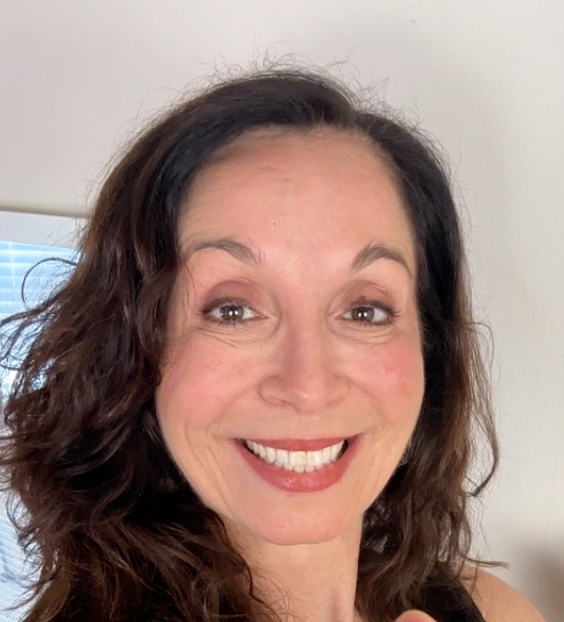
About the editor
Tanja Fellenberg is 62 years old and has been suffering from hypothyroidism, or an underactive thyroid gland, for years. When she came across a book about the thyroid some time ago, it finally clicked for her. She has delved deeply into the matter for several months and is happy that she has finally found the perfect solution for herself. She has now been able to keep the annoying complaints to a minimum and she feels just as vital and fit as when she was in her twenties! She hopes her findings over the past few months will finally bring clarity to this issue and help other people with hypothyroidism.
Addendum to the article
Since the publification of this article, many of you have asked questions. That is why I would like to briefly discuss the most important ones:
Should I continue taking my thyroid medication in addition to Smart Protein?
Yes absolutely! Please do not stop taking your medications. Smart Protein is not a drug for hypothyroidism. The amino acids it contains simply support the body in producing T4 and converting it into T3. You can use Smart Protein alongside your medications. If you feel better, you can gradually reduce your thyroid medication in consultation with your doctor. It's best to do this while checking your thyroid levels regularly.
Will I be charged again later, or is this a subscription?
No need to worry — this is a one-time purchase only. We don’t have automatic subscriptions or recurring charges. You’re in full control, always. If you wish to reorder later, you can do so at any time — no commitments required.
Is there a guarantee?
Yes! Greenleaf blends has a 100% satisfaction guarantee. Their product page states: “not satisfied = money back.” So if you are not satisfied with the result, you will get your money back in full.
What is the best way to take Smart Protein?
The recommended dosage is 3 to 6 capsules per day. Start with 3 per day in the morning and add 3 more capsules after dinner if necessary.
Can I use Smart Protein in addition to my medications?
Yes. Smart Protein consists of completely natural amino acids. For example, if you ate a very large amount of meat, your body would also absorb a large amount of amino acids. However, give priority to existing medications when taking them. This means, for example, that if you need to take your existing medications on an empty stomach, you should plan the intake of Smart Protein in such a way that there is no conflict with other medications. When you take Smart Protein is generally not that important.
Can I use Smart Protein even if I don't have a thyroid problem?
Yes, even then you will feel positive effects. Amino acids are the building blocks of the body and give you energy, even if you no longer have a thyroid gland.
What ingredients does Smart Protein contain?
Smart Protein consists of 100% of the following amino acids: Ingredients per dosage of 3 capsules: L-Leucine 205 mg L-valine 141 mg L-isoleucine 115 mg L-lysine 185 mg L-Phenylalanine 72 mg L-Threonine 141 mg L-methionine 35 mg L-Tryptophan 37 mg L-Histidine 37 mg

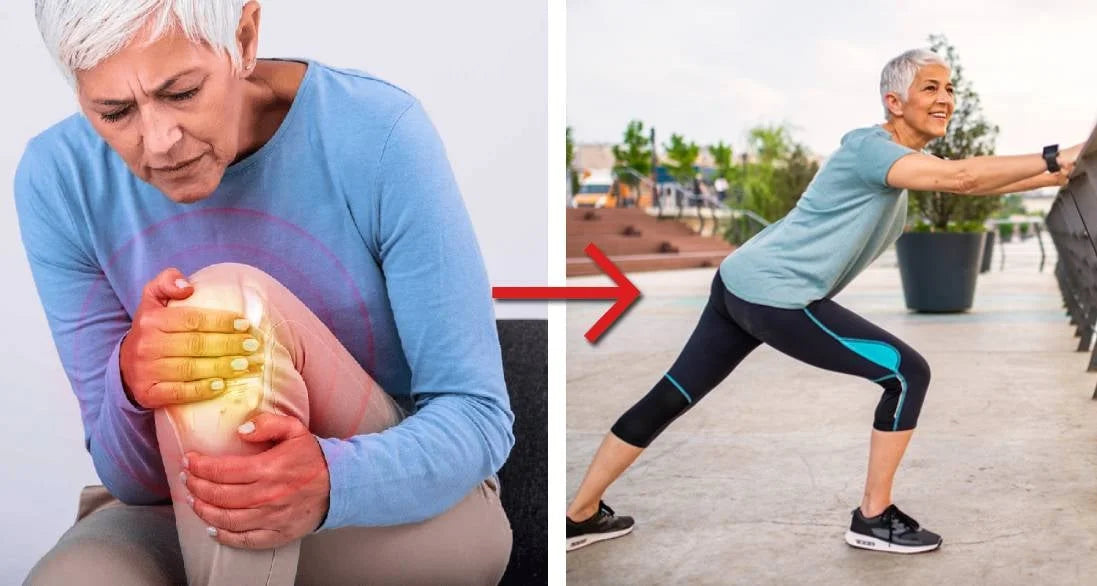
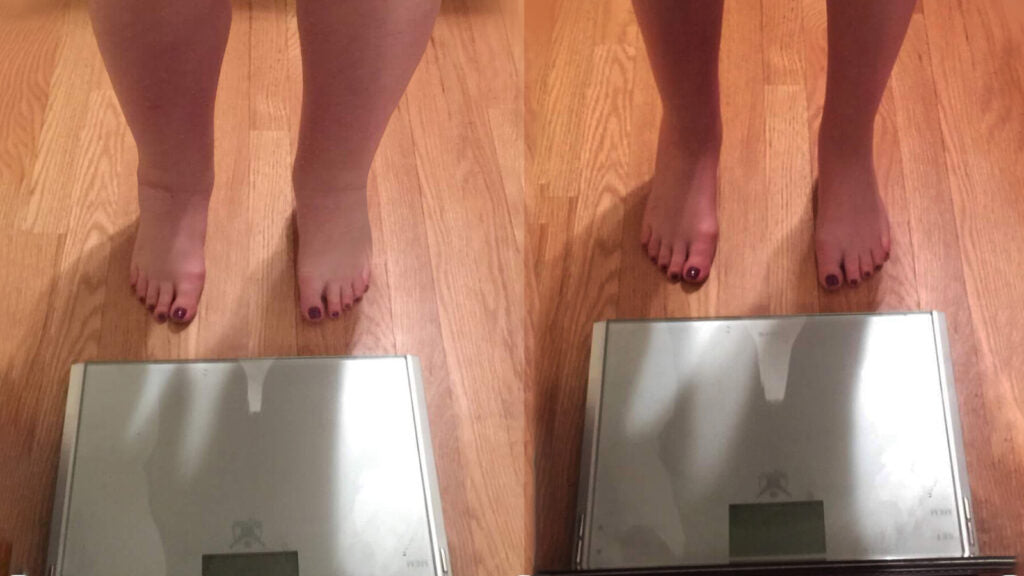

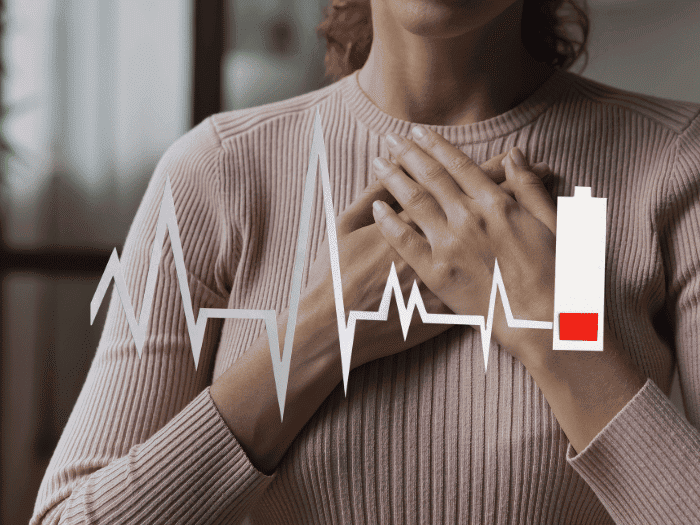
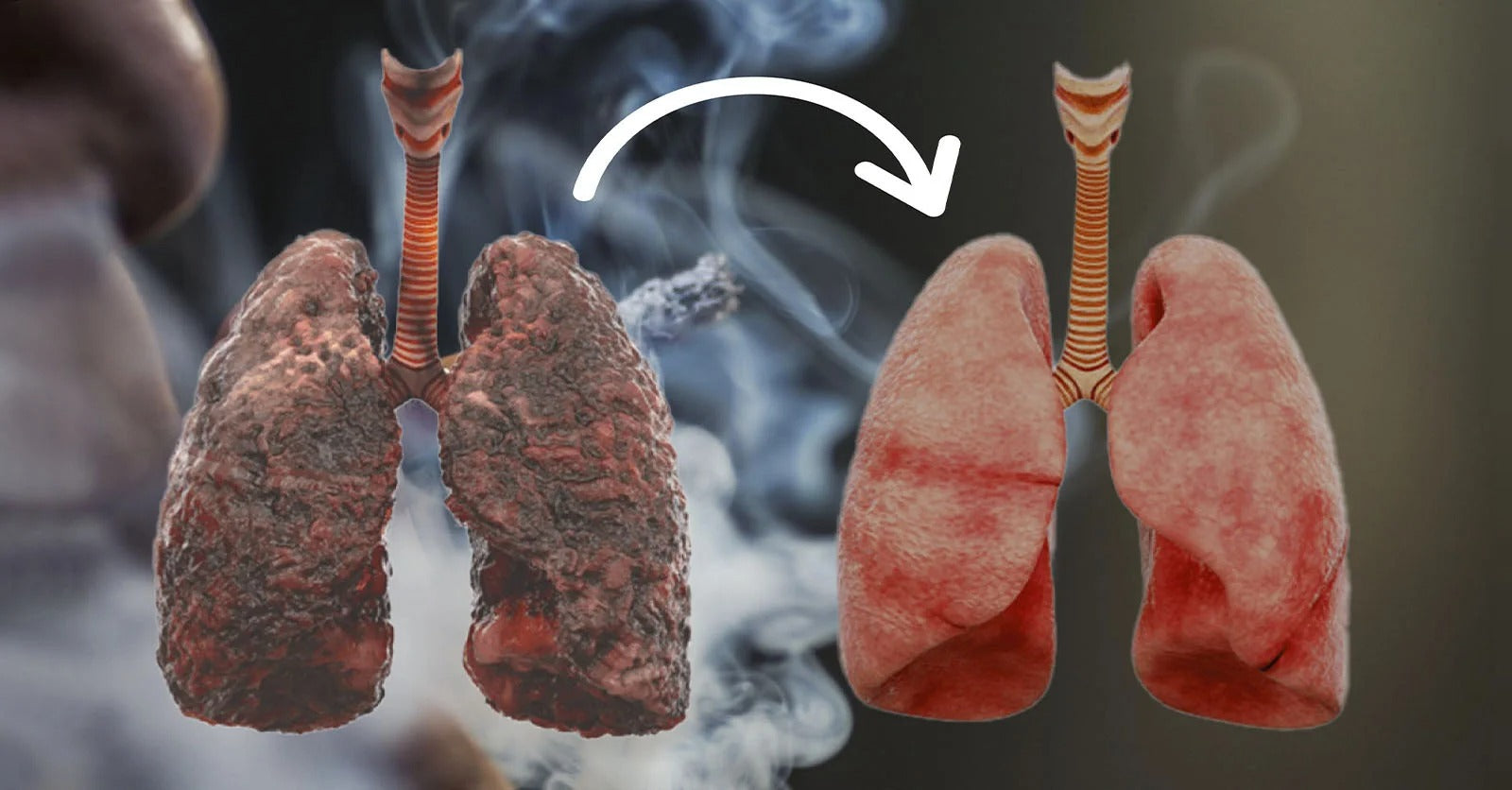
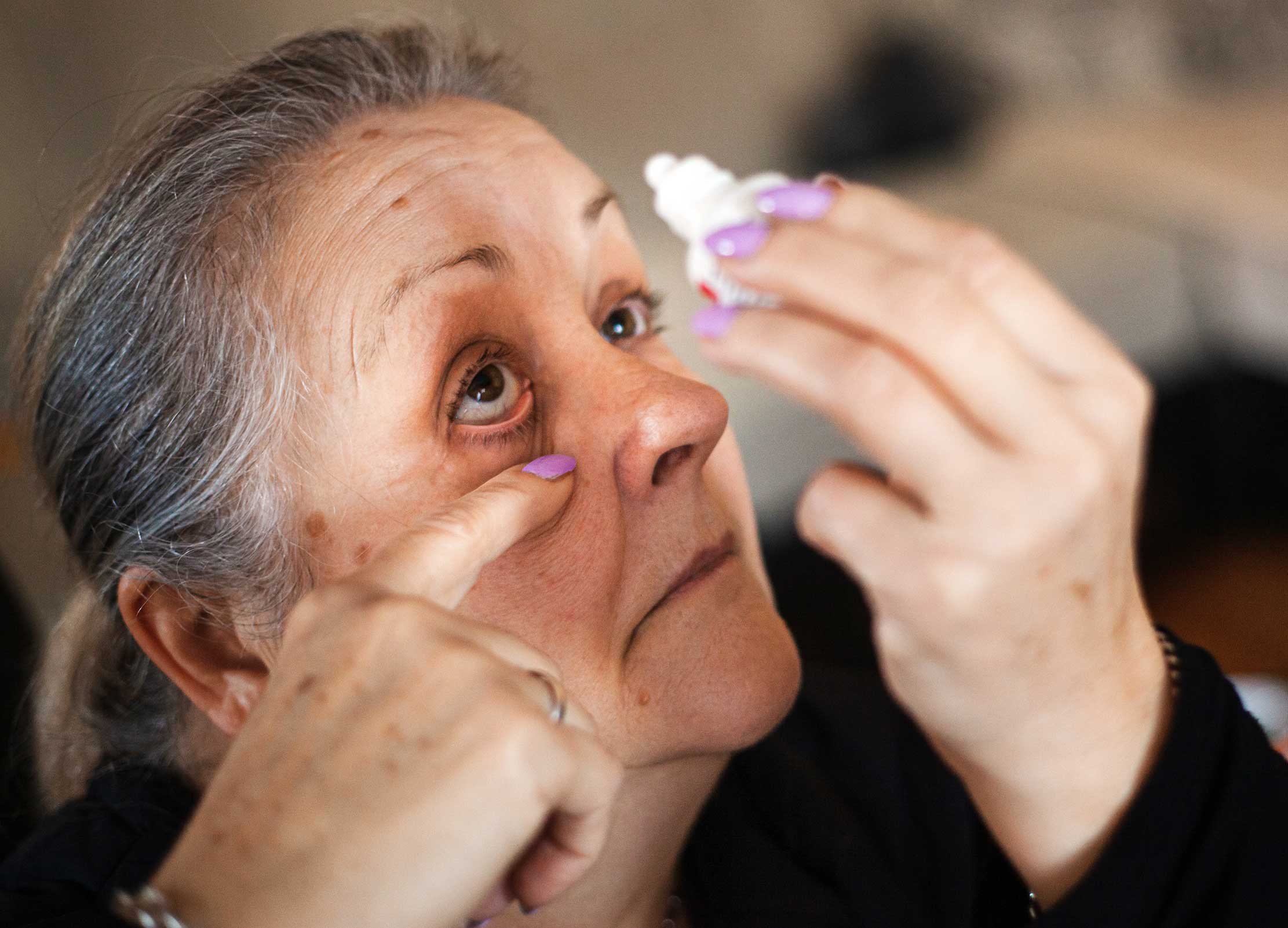


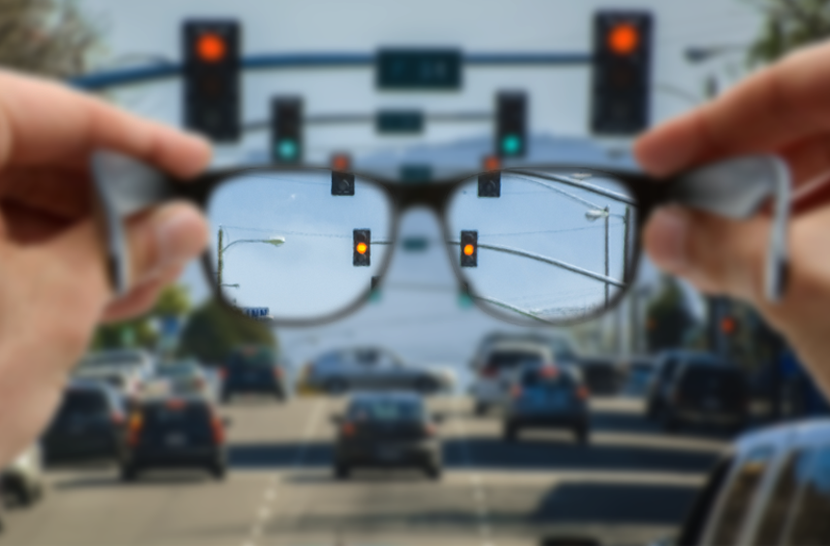
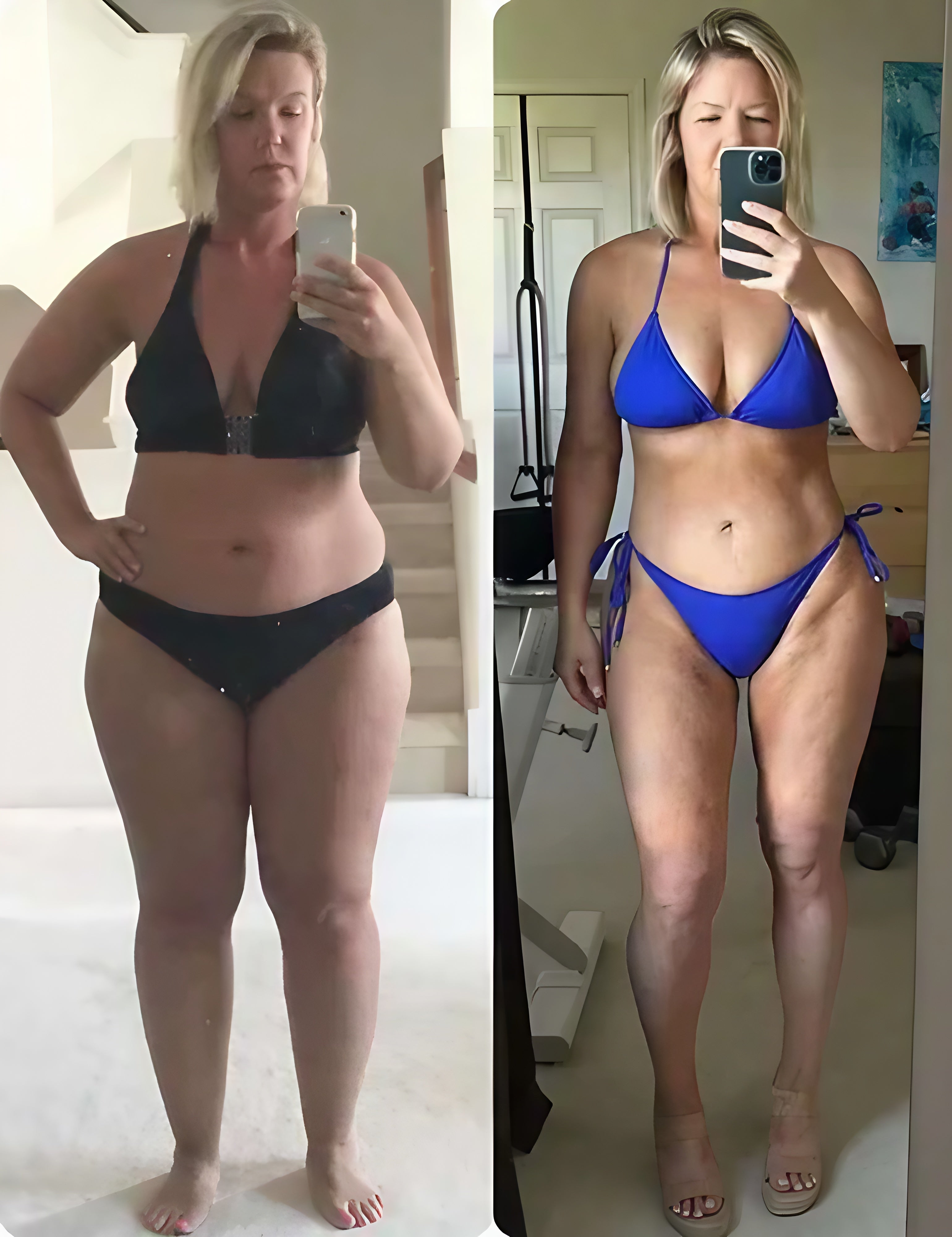
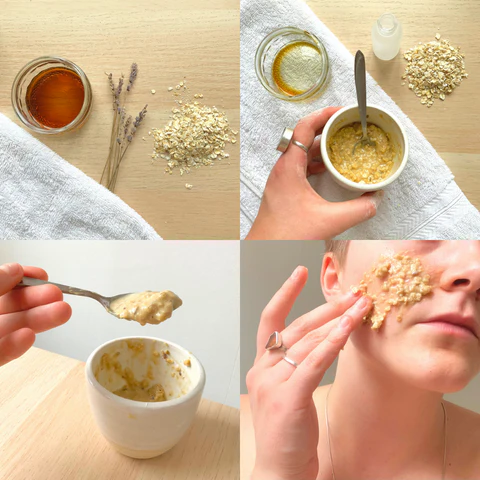
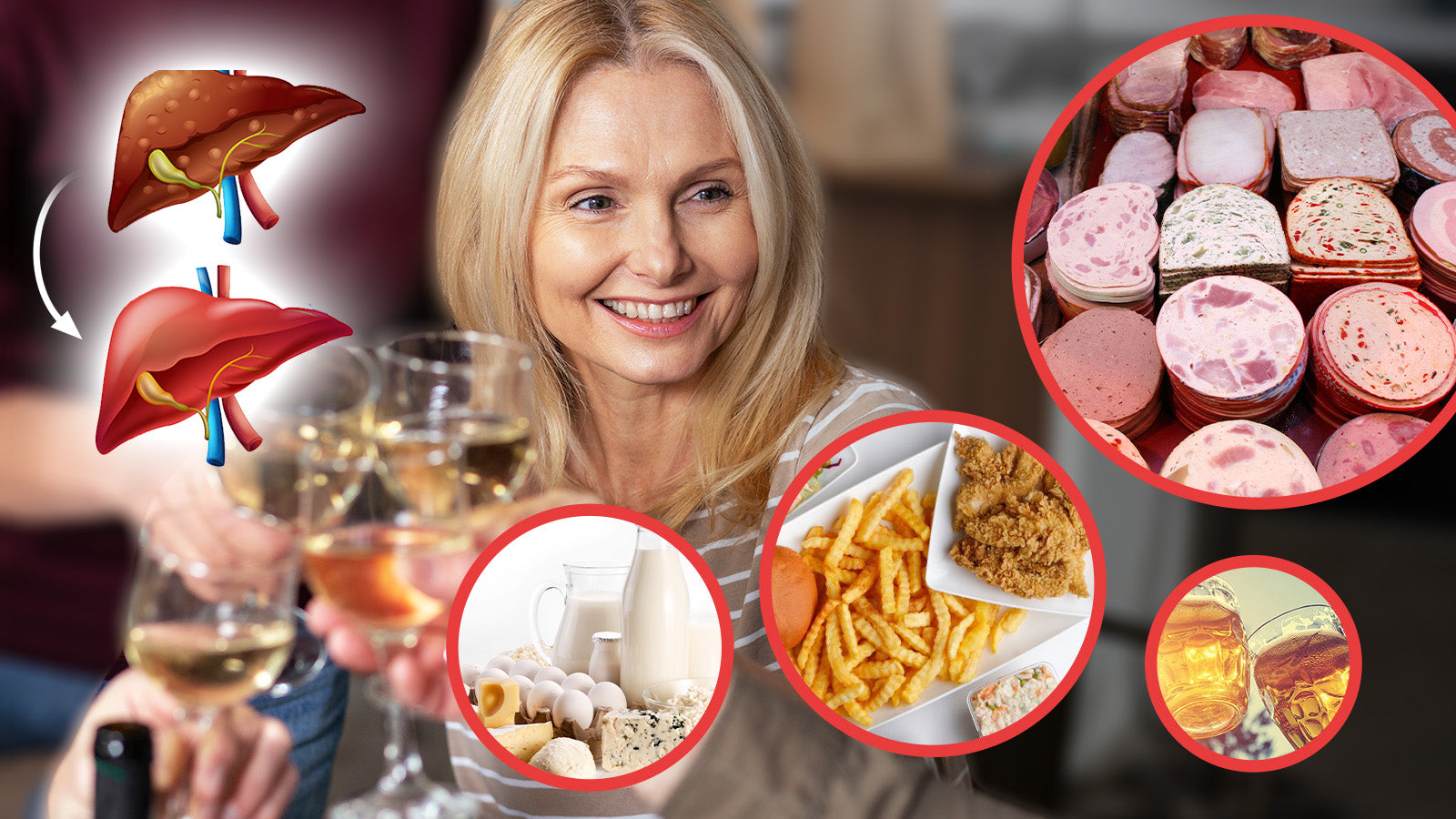
Answers
Sources (original studies in English):
Effects of glutathione on iodothyronine 5'-deiodinase activity: https://pubmed.ncbi.nlm.nih.gov/3383773/